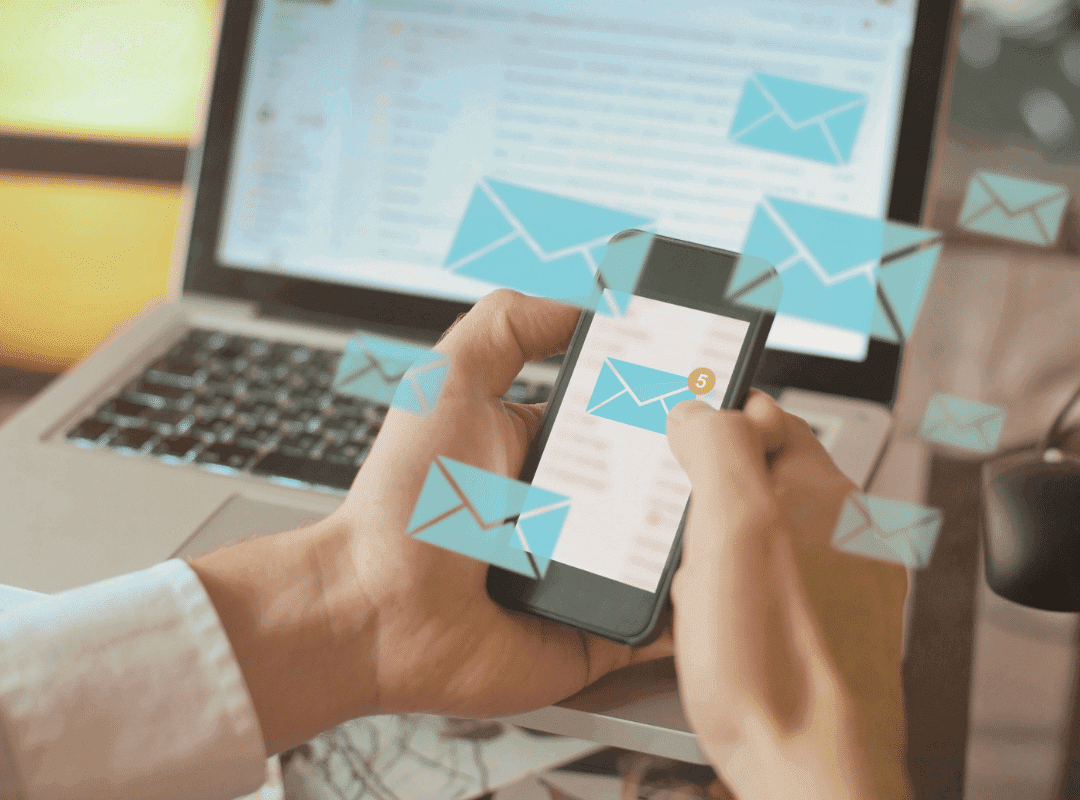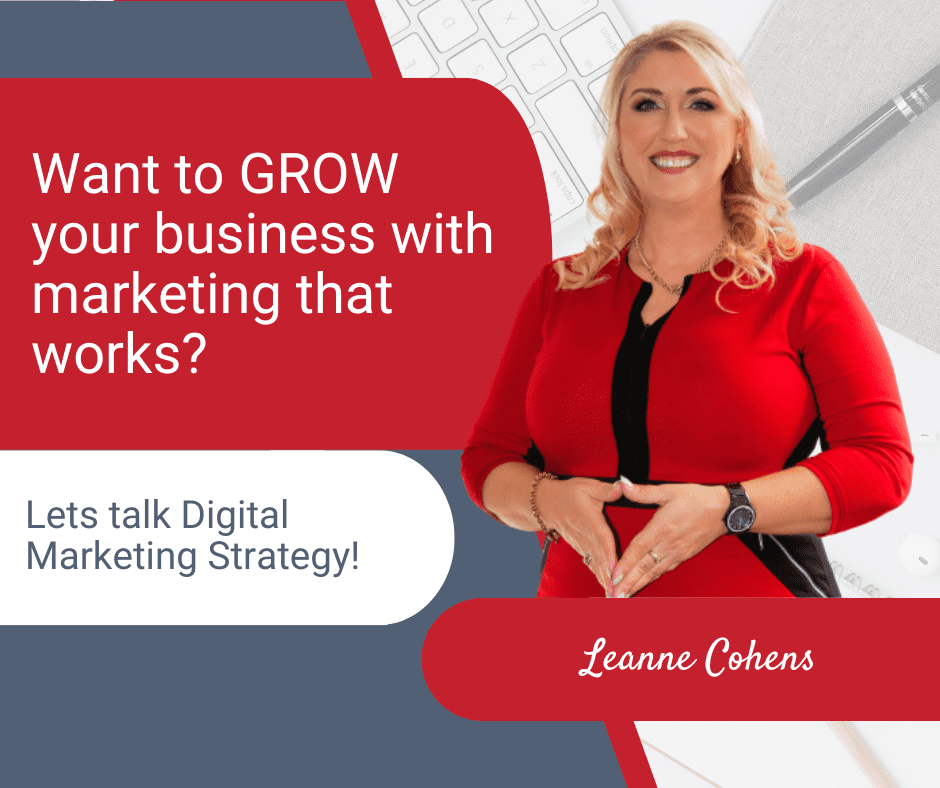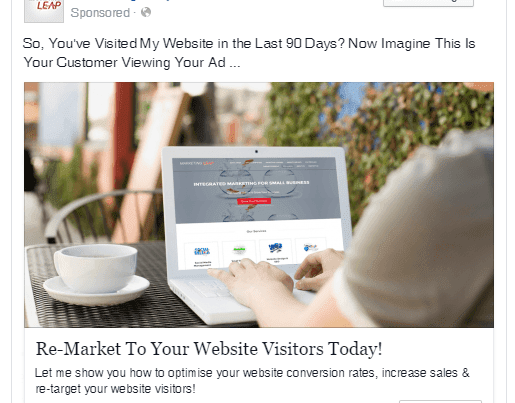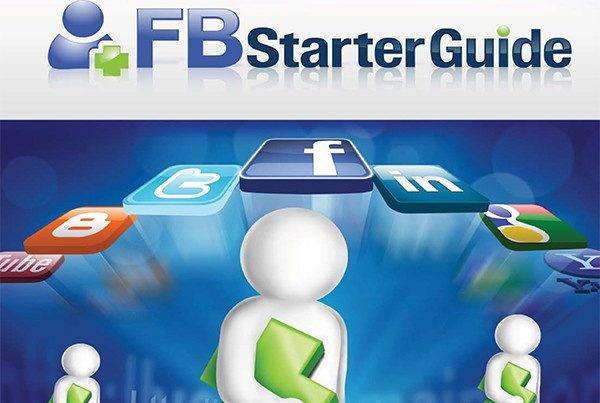Email Marketing for Small Businesses: A Detailed Guide for 2025
Click here to Watch the Videos BelowDespite all the new social platforms and AI enhancements, email remains a cornerstone strategy for small businesses, boasting an unrivalled return on investment. What is the power of email marketing for small businesses over all the ‘bright shiny things’ launched year on year? With its ability to reach customers directly and personally, email marketing stands out in a sea of social media and online advertisements. This extensive guide will walk you through advanced strategies such as segmentation, personalisation, and A/B testing, and show you how to craft subject lines that captivate and convert.
The Strategic Advantage of Email Marketing
Email marketing’s enduring relevance is underscored by its impressive ROI, with businesses seeing an average return of $36 for every $1 spent. This channel offers direct communication with your audience, allowing for precise messaging and creating a personal connection that other digital platforms struggle to achieve. For this reason, it’s important to treat your email list like gold. These are people who’ve already shown interest in your business—nurture them, and they’ll become your most loyal customers. Meet your customers where they are at with relevant, valuable content in your email marketing.
Benefits of Email Marketing:
- Direct Access to Consumers: Unlike social media, where algorithms affect who sees your content, emails go directly to the inbox of the people who have opted to hear from you.
- Cost-Effective: Email marketing is known for its low operational costs, with no need for high advertising fees.
- High Conversion Rates: Personalised emails have higher conversion rates as they can be tailored to meet the specific needs and interests of the audience.
Segmentation: Maximising Campaign Relevance
Effective segmentation transforms a generic email blast into targeted communications that resonate with different groups within your audience. Instead of sending the same email to everyone, divide your list into segments based on behaviour, preferences, or demographics. For example, create separate lists for new subscribers, loyal customers, and those who abandoned their cart. By tailoring your content to each group, you’ll see higher open rates, better engagement, and more conversions. Remember, the right message to the right person at the right time works wonders.
By segmenting your email list, you can deliver tailored messages that are more likely to engage and convert.
Types of Segmentation:
- Geographic: Tailor your emails based on the geographical location of your subscribers, which can be particularly useful for location-based promotions or events.
- Purchase History: Send customised recommendations based on past purchases or browsing behaviour.
- Engagement Level: Identify and reactivate disengaged subscribers with special offers or content designed to recapture their interest.
Personalisation: Crafting Emails That Speak Directly to the User
Moving beyond mere names, personalisation in email marketing involves using data-driven insights to create content that addresses the individual needs and desires of each recipient. This strategy not only boosts engagement but also enhances the customer experience, making each communication feel considerately curated.
How to Personalise Effectively:
- Dynamic Content: Use dynamic content that changes based on their interactions with your previous emails.
- User Activity: Leverage data from your website and past emails to create emails that reflect the user’s specific interests and actions.
- Custom Offers: Develop offers that are exclusively tailored to segments of your list, increasing the relevancy and attractiveness of your offers.
Mastering A/B Testing: Optimising Every Aspect of Your Emails
A/B testing is a critical component of a successful email marketing strategy, allowing you to make data-driven decisions that enhance the effectiveness of your campaigns. By systematically testing different elements of your emails, you can continually refine and improve your approach.
Key Elements to Test:
- Call to Action (CTA): Experiment with different CTAs to find which drives better performance in terms of clicks and conversions.
- Email Layout and Design: Test different formats and visual layouts to see which are more effective and engaging for your audience.
- Delivery Times: Optimise send times by testing different days of the week and times of day to maximise open rates.
Designing Irresistible Subject Lines
Your subject line acts as the gatekeeper of your email marketing efforts; its role to entice the recipient to open the email. Think of your subject line as the first impression. It needs to be short, intriguing, and make the reader curious. Ask a question, create urgency, or highlight value—something that makes them WANT to click. Effective subject lines strike a balance between curiosity and clarity, providing just enough information to pique interest without revealing so much that opening the email becomes unnecessary.
Tips for Compelling Subject Lines:
- Use Action-Oriented Language: Start with verbs that encourage action, making the reader feel they will miss out if they don’t engage.
- Incorporate Numbers and Lists: These can increase the specificity and perceived value of the email’s content.
- Pose Questions: Questions can provoke thought and prompt the recipient to seek answers within your email.
Conclusion
As we begin 2025, email marketing remains a crucial strategy for small businesses seeking to improve their digital marketing efforts. By embracing advanced techniques such as segmentation, personalisation, and A/B testing, and by crafting subject lines that grab attention, small businesses can significantly improve their engagement rates, conversion rates, and overall marketing ROI. With these strategies, your business is well-positioned to build lasting relationships with your customers, turning every email sent into a potential sale.
Need help with your email marketing? Let’s talk!
Prefer to Watch to Learn More About The Power of Email Marketing for Small Businesses?
FAQs For Maximising Email Marketing for Small Businesses and Strategies for 2025
- Direct Access to Consumers: Unlike social media, where algorithms affect who sees your content, emails go directly to the inbox of the people who have opted to hear from you.
- Cost-Effective: Email marketing is known for its low operational costs, with no need for high advertising fees.
- High Conversion Rates: Personalised emails have higher conversion rates as they can be tailored to meet the specific needs and interests of the audience.
- Geographic: Tailor your emails based on the geographical location of your subscribers, which can be particularly useful for location-based promotions or events.
- Purchase History: Send customised recommendations based on past purchases or browsing behaviour.
- Engagement Level: Identify and reactivate disengaged subscribers with special offers or content designed to recapture their interest.
- Call to Action (CTA): Experiment with different CTAs to find which drives better performance in terms of clicks and conversions.
- Email Layout and Design: Test different formats and visual layouts to see which are more engaging for your audience.
- Delivery Times: Optimise send times by testing different days of the week and times of day to maximise open rates.























